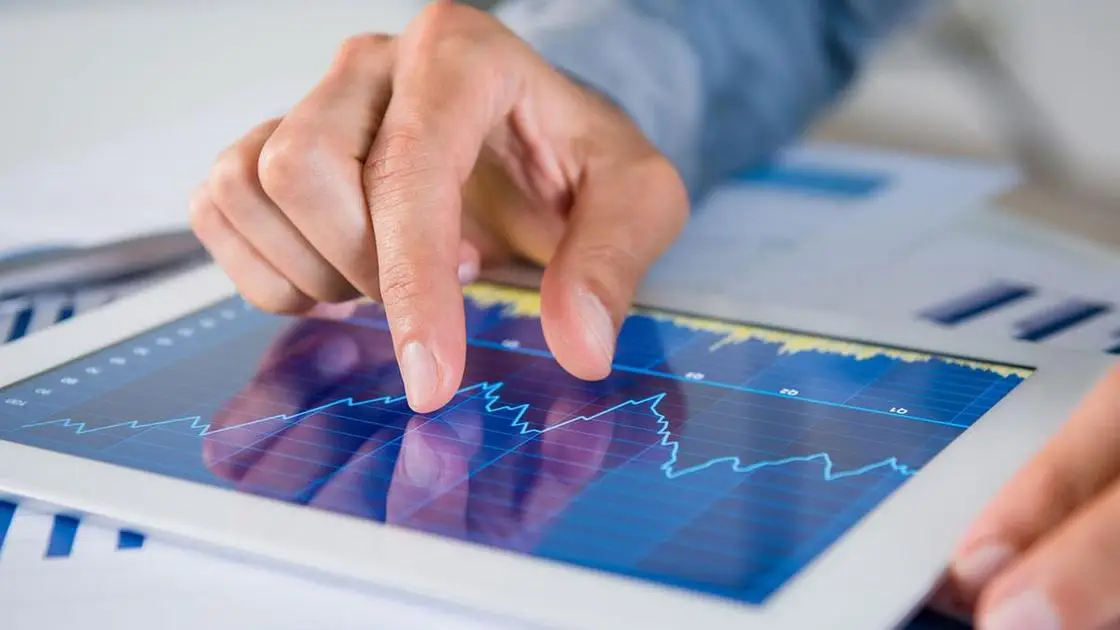Often, trading in financial markets is associated with gambling, high stakes, and unpredictable losses. As practice shows, it is possible to earn money through trading even with minimal investments if you approach the process with a clear plan, strategy, and attention to learning.
## How to Make Money Trading from Scratch: First Steps

To succeed in trading, you need to create a plan and stick to it. It is not a way to make instant profits but a process where success depends on the participant’s experience and the chosen method. How to start trading on the exchange? This is a question many novice traders ask themselves. To start, you need to go through several mandatory stages to ensure comfortable conditions for yourself and minimize risks.
### How to Choose a Broker and Trading Platform for Beginners
How quickly you can figure out how to make money trading depends on the intermediary you work with. Some offer convenient trading platforms with a variety of tools and low commissions, while others offer only basic conditions. It is also important to pay attention to:
1. **Broker’s Reputation**: The reliability of the company and its compliance with legal norms in the country or region are important factors.
2. **Commissions and Spreads**: Beginners often overlook these parameters, but fees can significantly reduce the final profit.
3. **Support and Education**: Some brokers offer free educational courses, webinars, and consultations – valuable resources for beginners.
### Account Opening, Analysis, and Education – Keys to Success
Before starting to work with real money, it is important to learn how to use the platform tools, conduct technical analysis, and monitor market trends. One of the key stages is registration and working with a demo account.
In a test format, you have the opportunity to study how the trading platform works and try to virtually earn money through trading without real financial risks. At this stage, it is important not to rush but to focus: study charts, strategies, and risks. Working with a demo account will also help you learn not only technical analysis but also the psychological aspect – how to control emotions, avoid panic, and not act impulsively. This is the foundation of successful trading that you need to establish from the very beginning.
## Best Strategies for Beginners: Making the Right Bets
When a user is just starting to learn how to make money trading, it is important to learn how to choose and apply the right tactics.
### Simple Strategies to Start: “Follow the Trend”
Following the trend is one of the simplest and most understandable methods. The principle is that if the market shows a clear direction, whether it is growth or decline, it is worth trading in the same vector. So, if the price of an asset is rising, you buy, if it is falling, you sell. This strategy helps understand how to make money through trading and minimize risks, as in most cases, the trend persists for several days or weeks.
### Complex but Profitable Strategies: “Counter-Trend Strategies”
The counter-trend strategy is based on trading against the main trend, predicting market reversals. This is a more complex method that requires deep analytics and precise calculations. The main tool here is technical analysis. With the help of indicators such as RSI, MACD, and others, traders can predict moments when the trend may reverse. To successfully apply this tactic, experience is necessary, as predicting a market reversal is not easy. If the strategy is implemented correctly, it can bring significant profits.
## Managing Risks to Make Money Trading
Risk management is the basis for long-term profitability. Trading in the financial market involves a high degree of uncertainty, where even a carefully crafted methodology does not guarantee the success of each transaction.
### Stop-Loss: Protection against Large Losses
One of the most effective risk management tools is a stop-loss. This is an order that automatically closes a trade as soon as the asset price reaches a level of loss set by the user. This protective measure has two key functions:
1. **Limiting Losses**: A trader has the right to determine in advance the maximum loss he is willing to incur in a trade. When the price reaches this level, the contract is automatically closed, eliminating the possibility of further losses.
2. **Process Automation**: In rapidly changing market conditions, it is important not to rely on emotions and try to guess the moment to close a losing trade. The order works according to a pre-established scenario.
How to set a stop-loss correctly:
1. **Distance from the Current Price**: The measure should be adjusted in such a way that it protects the participant from too strong price fluctuations but at the same time is not too far from the entry point. If the stop-loss is set too close, the trader risks falling into the trap of market noise, and if it is far away, they may not be able to avoid significant losses.
2. **Technical Analysis**: The order is often set considering support and resistance levels, as well as indicators such as moving averages. Positions can serve as “walls” that the market should not significantly breach.
3. **Percentage of Deposit**: One common method is to set a stop-loss with the calculation that the loss in the trade does not exceed a certain percentage of the user’s capital (e.g., 1-2%).
### Leverage: Increasing Income, but Not Risks
Leverage (or margin) is a tool that allows you to increase profit potential by trading with larger volumes of assets than the trader could afford based solely on their own funds. For example, if there is $100 in the budget, and the broker provides leverage of 1:10, you can trade for $1000. This can actually multiply profits, but at the same time, leverage also increases risks.
How to choose leverage:

1. **Start with a Low Value**: If the leverage is 1:10, and the user loses 10% of the asset’s value, the total loss will be 100% of the invested funds if they do not set a stop-loss. It is better to start with more conservative leverage, such as 1:3 or 1:5, to understand how to make money through trading and gradually increase the parameter as you gain experience.
2. **Risk Management**: Increasing leverage allows you to increase profits, but if risks are calculated incorrectly, you can quickly lose all your capital: it should only be used when there is confidence in market analysis and a clear plan of action.
3. **Consider Volatility**: Margin works most effectively on stable platforms with low volatility. If the market is highly volatile, this can lead to sharp movements that, with high leverage, can make the user’s position unprofitable in a very short time.
## Conclusion
How to make money through trading? Start small, learn from mistakes, build strategies, and follow the plan consistently. It is important to understand that this is a long journey, not instant results. If you are ready to work on yourself and are not afraid of challenging periods, trading in financial markets can become a real source of income.
 en
en  ru
ru  de
de  ar
ar  es
es  hi
hi  fr
fr  nl
nl  it
it  pt
pt  el
el 










